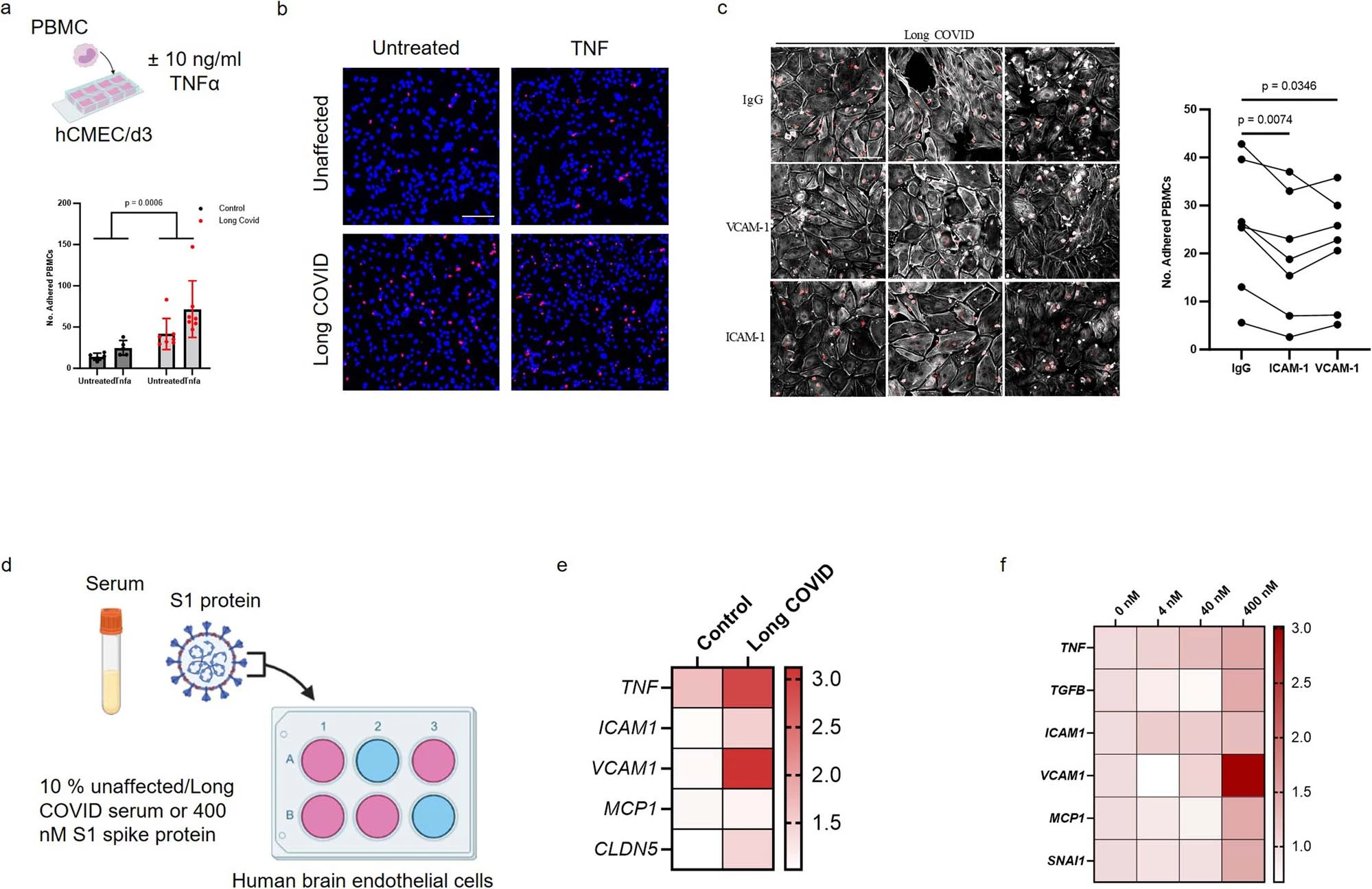Wonko
Senior Member (Voting Rights)
Erm...aren't blood vessels supposed to leak?
So as to supply 'stuff' to bits that aren't actually inside the blood vessel surely the blood needs to get out of the blood vessel somehow, presumably this would constitute a 'leak'?
Leaking is surely the primary, if not only, purpose of blood vessels?
So as to supply 'stuff' to bits that aren't actually inside the blood vessel surely the blood needs to get out of the blood vessel somehow, presumably this would constitute a 'leak'?
Leaking is surely the primary, if not only, purpose of blood vessels?



